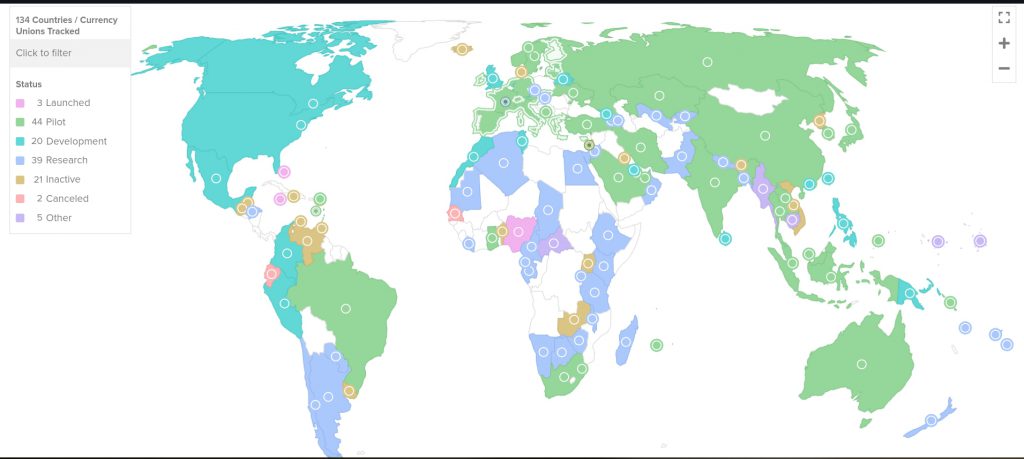De-dollarization has entered a new phase. Russia is moving forward with its digital ruble plan. This step represents a key change in the global financial system. The Ministry of Industry wants a two-year period to implement the change. Countries worldwide are now looking at options beyond dollar-based trades.
Also Read: Trump’s Oil Deal: How Venezuelan Migrants-for-Crude Deal Impacts U.S.
Russia’s Push for Digital Ruble: Impact on De-Dollarization


Ministry’s Digital Currency Transition Plan
Russia’s de-dollarization plan focuses on the digital ruble. The Ministry of Industry wants more time for the rollout. “The lack of clear operational guidelines for the digital ruble, along with the need for software updates and staff training, justifies the call for a two-year transition period,” ministry officials stated in their announcement about the digital currency transition.
Strategic Implementation Framework
The digital ruble timeline sets specific targets. Large stores must accept it by July 2025. Smaller businesses get more time to adapt. Bank of Russia Governor Elvira Nabiullina says complete de-dollarization through digital currency could take five to seven years. This shows Russia’s financial shift needs careful planning.
Also Read: AI Predicts Dogecoin (Doge) & Ripple (XRP) Price For December 1st
International CBDC Development


As Russia works on de-dollarization, other countries explore digital money too. The Atlantic Council reports 134 countries study digital currency options now. This covers 98% of global economic activity. In 2020, only 35 nations looked into these options.
Leadership and Structural Changes
The digital ruble project faces new challenges. Olga Skorobogatova has left her role as first deputy governor at the Bank of Russia. These changes come as the nation speeds up its de-dollarization work through digital currency plans.
Also Read: Ethereum: How High Can ETH Surge In December 2024?
Technical Foundation Development
Russia’s financial shift needs strong preparation. The Ministry wants proper systems and training in place first. This groundwork must be solid before the digital ruble can fully support the nation’s de-dollarization goals.





